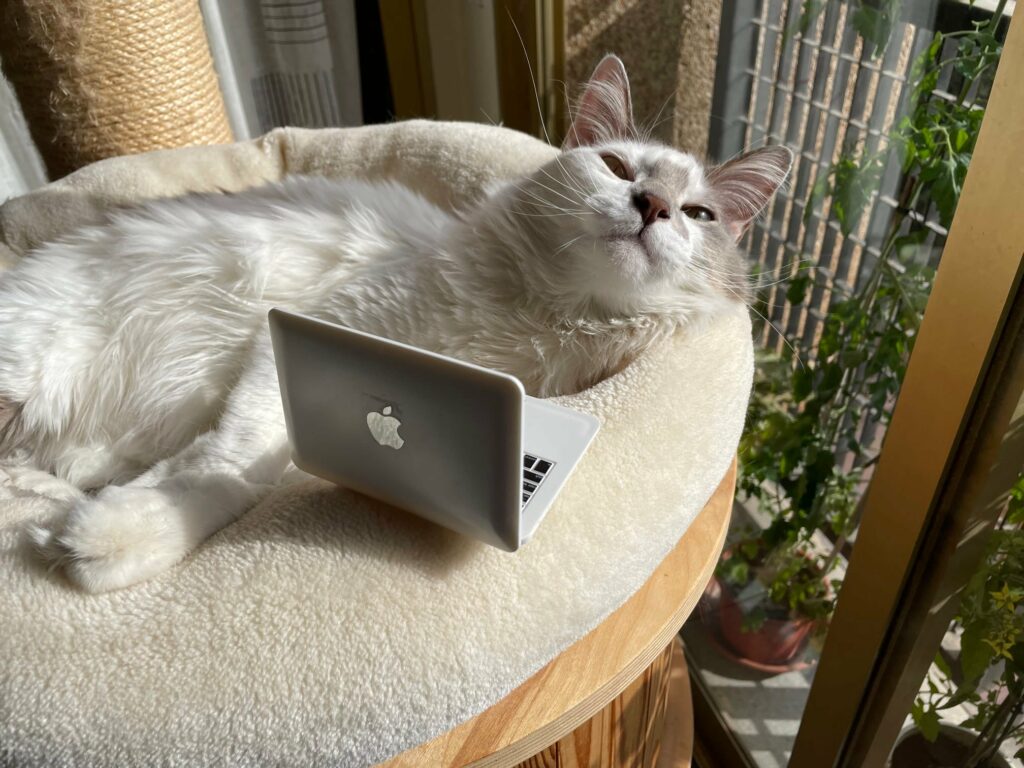Do you think you know absolutely everything about cats? Now’s your chance to prove it with this cat trivia quiz. And hey, no cheating by looking up answers online!
QUESTION 1. Although centuries have passed and the world has changed, the role of dogs in it seems unchanged: they are still herders, keepers, guides, rescuers… And something that hasn’t changed either is the fact that cats have no interest at all in learning new professions. However, few people know that if they put their minds to it, cats would excel in an unexpected field. Could you guess which one?
- Writers, due to their love for keyboards
- Journalists, because of their innate curiosity
- Musicians, thanks to their hits on Youtube
Answer
Even though many people might not find a cat’s mew particularly melodious, the range of vocalizations they can produce is exceptionally large: a cat can make more than 100 different sounds, whereas a dog – for instance – only makes around 10 or 15.
Additionally, cats have an incredible sense of hearing: where humans hear frequencies from 20 Hz to 20.000 Hz, cats hear from 48 Hz to 85.000 Hz, allowing them to detect even the highest-pitched and faintest sounds a small prey might make. And if that wasn’t impressive enough, they have 32 muscles in their ears that give them a remarkable auditory directionality to precisely locate the source of a sound (although most of the time they use this ability to intentionally ignore their humans).
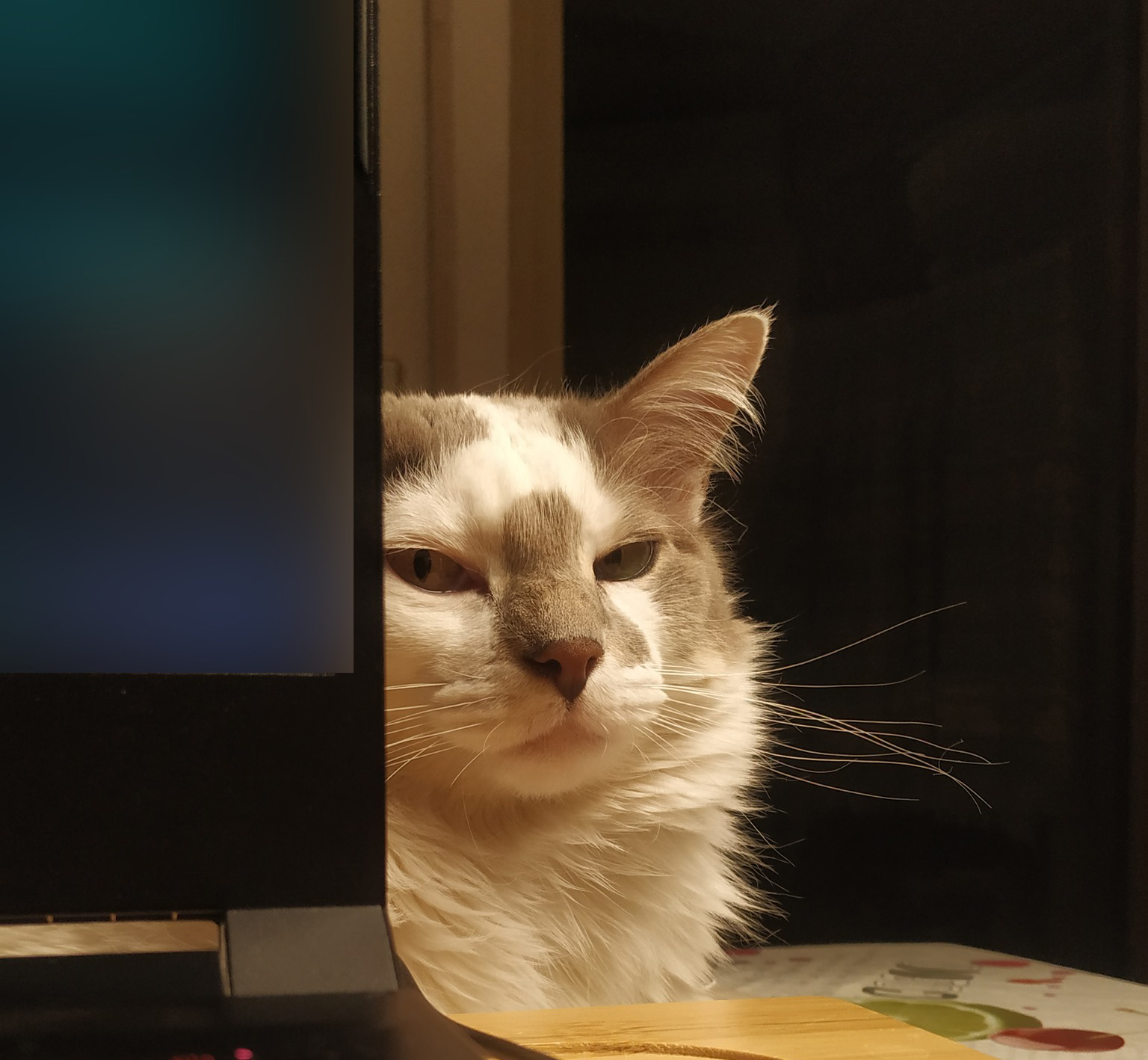
QUESTION 2. It’s happened to you. You’re sleeping, your cat wakes you up to feed them, and when you go to fill their bowl… it still has food in it! No matter how much you try to persuade it: your cat doesn’t like seeing the bottom of their bowl. It might seem like a weird behavior since cats can smell that there’s food there, so why do so many cats freak out over an empty-looking bowl?
- Life can be pretty boring, what would it be without whims?
- They like to be sure they’ll never run out of food
- ITheir eyes don’t focus well up close, so they can’t see the food
Answer
As much as I’d love to say the first one is true, it’s actually the second one. In the wild, cats are solitary hunters: after they’ve hunted a prey, they usually eat small amounts of it several times a day. So, when they see the bottom of the bowl, they meow to satisfy this instinct to eat at intervals. Plus, wild cats often hide their food to make sure they have a constant supply, so leaving some food in the bowl is also a way to guarantee their next meal. When your cat meows, they’re just trying to keep their food supply stable and make sure they can eat small, frequent meals, just like their wild cousins.
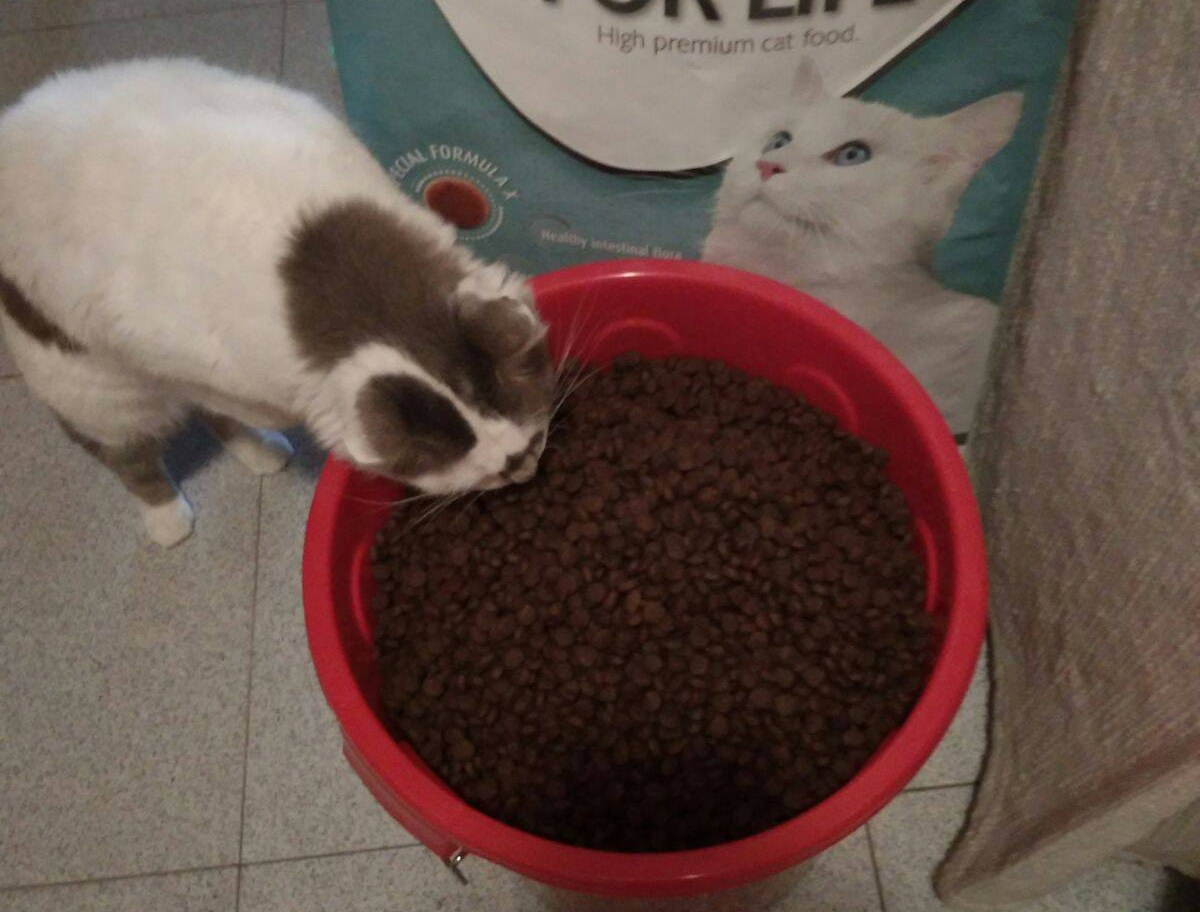
QUESTION 3. Sure you’ve heard of Larry, the ‘Chief Mouser’ of 10 Downing Street, or George, the head mouse catcher at West Midlands Railway Station. Giving important security and surveillance roles to cats is a long-standing tradition in England, with many famous felines in the role. However, in the last century, one of these important officials stood out for their diligent work. Can you guess how many mice a single cat has caught to set the record?
- 51,542 mice
- 28,899 mice
- 15,311 mice
Answer
If your cats are like mine and the most they’ve ever caught is a dry leaf or a limping fly, all these numbers probably seem implausible. But the truth is that the record-holder, Towser, caught about 28,899 mice over her 24 years of life. This tortoiseshell cat, tasked with guarding and maintaining a whiskey distillery in Scotland, catched three to four mice a day: a delight for the owners, though not so much for the neighborhood mice. Her fame and the affection of those who knew her were so great that when she passed away, the distillery owners decided to erect a statue in her honor and include her paw prints on one of their liqueurs, Fairlie’s Light Highland Liqueur.
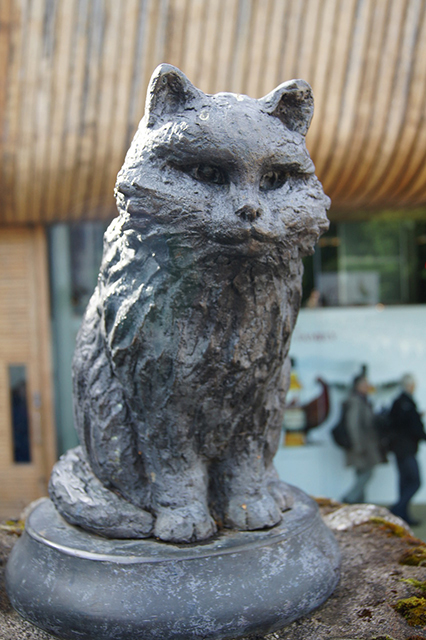
QUESTION 4. It’s undeniable that our cats are connected to the big feline predators: they share habits, behaviors, and even vocalizations. But how close are they really? How much of a little tiger or panther is our cat?
- 75.1%
- 95.6%
- 89.4%
Answer
It looks like Borges wasn’t too far off when he said, “God created the cat so that man could have the pleasure of caressing a tiger”. Our little feline friends share 95.6% of their DNA with tigers, snow leopards, or lions. Of course, genetic differences mean cats don’t share some of the extraordinary abilities of their bigger relatives, like surviving in low-oxygen environments (like the snow leopard) or the mutation that gives the Bengal tiger its coat, but they do share – among many other things – their ability to live on a strictly carnivorous diet and to sleep extraordinarily long naps.
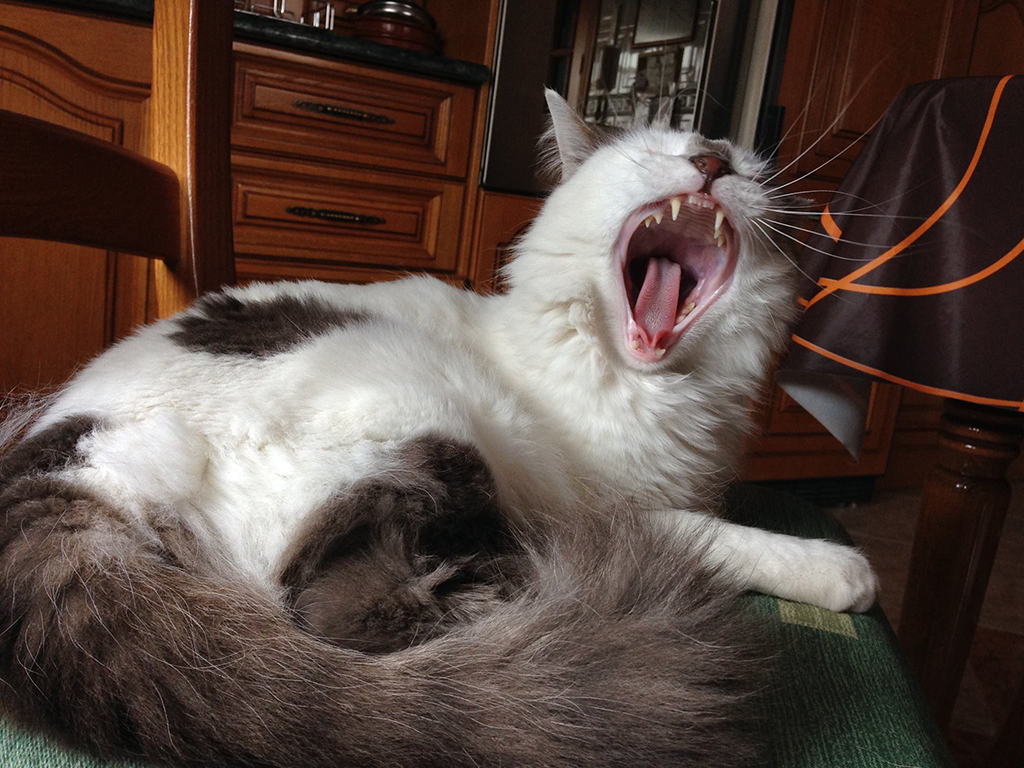
QUESTION 5. Calling a cat a “tuxedo” is pretty descriptive, isn’t it? It’s easy to imagine at the very moment how that cat fur is. Some other cat coat pattern names aren’t as easy to picture, but they’re rather evocative as well, like tortoiseshell. However, what does tabby or calico mean? Are they made-up words or is there any hidden meaning behind them?
- They are characters from a Shakespeare play
- They are names of Hindu gods
- They are names of fabrics whose colours are similar
Answer
It’s no news that cats have always been revered and admired, but what you might not know is that these two cat coat names come straight from two upscale and luxurious fabrics from ancient times.
According to the Merriam-Webster etymological dictionary, tabby comes from a silk taffeta made in Baghdad that had an irregular wavy finish. The place where that was produced was the city of Al-‘Attābīya, whose name was later adopted as attabi in latin, later into French as tabis and finally English speakers modified it to the word tabby in 1600s.
And what about calico? It describes a cotton fabric made in Calicut, India. That fabric hadn’t been completely processed, so it was easier and cheaper to produce than whitened cotton fabrics and become popular in India since the 12th century. During the 18th century, these fabrics became incredibly popular in Europe thanks to the East India Company, which led the British Parliament to forbid any fabric that could come from India or China, including calico fabric. Despite that, this kind of fabric kept being called calico (even if it was produced in UK).
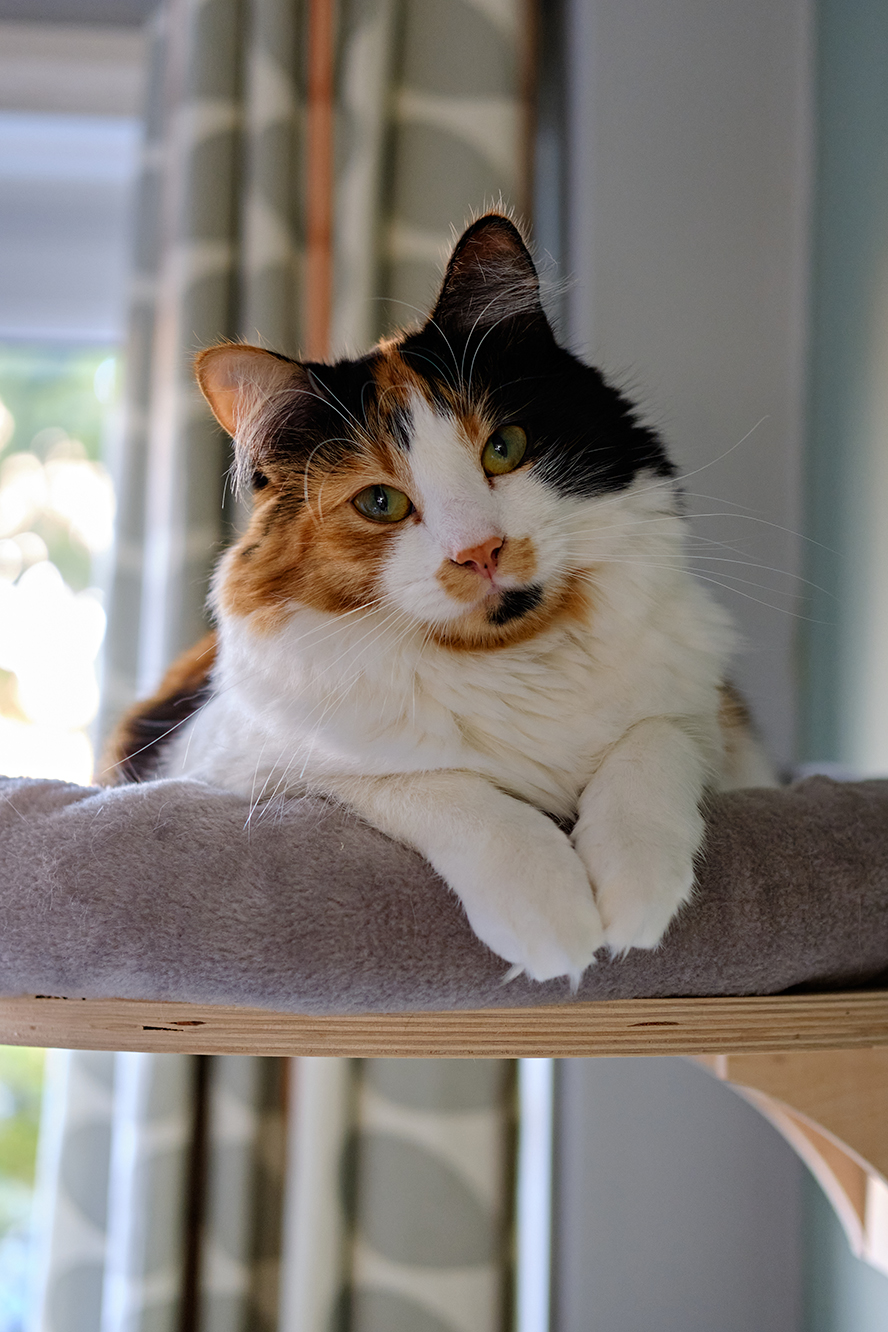
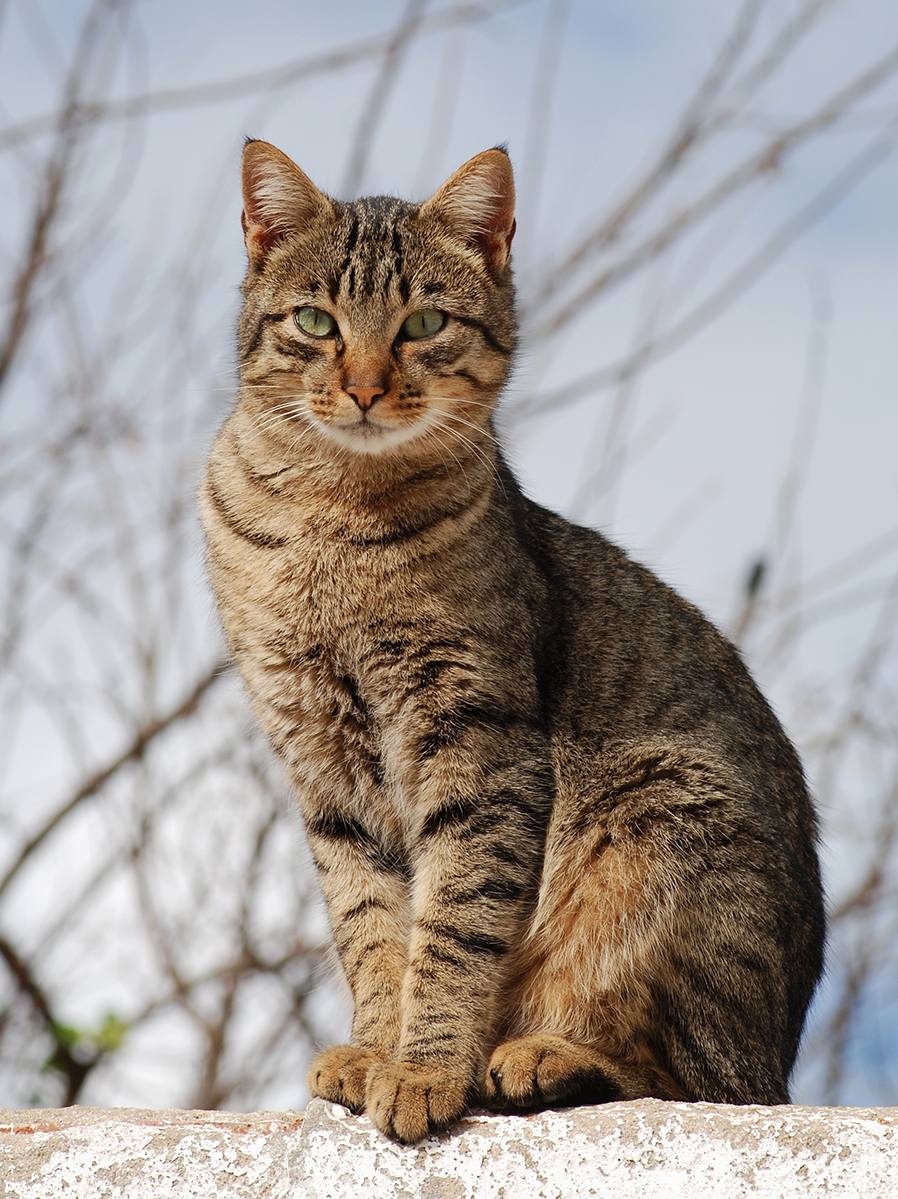
How many answers have you got right? Tag us on social media!

The latest from Valhalla Cats and things I found interesting this week:
- Probably the cutest cake shop in Kyoto.
- Disneyland Uses Feral Cats to Control Rodent Population? More in this article.
- Do you like the new videos we are uploading lately? They are the work of Tania, who is also helping us to make the game known to more people.
Thank you Tania for this fun trivia!
Have a wonderful day,
Jose
